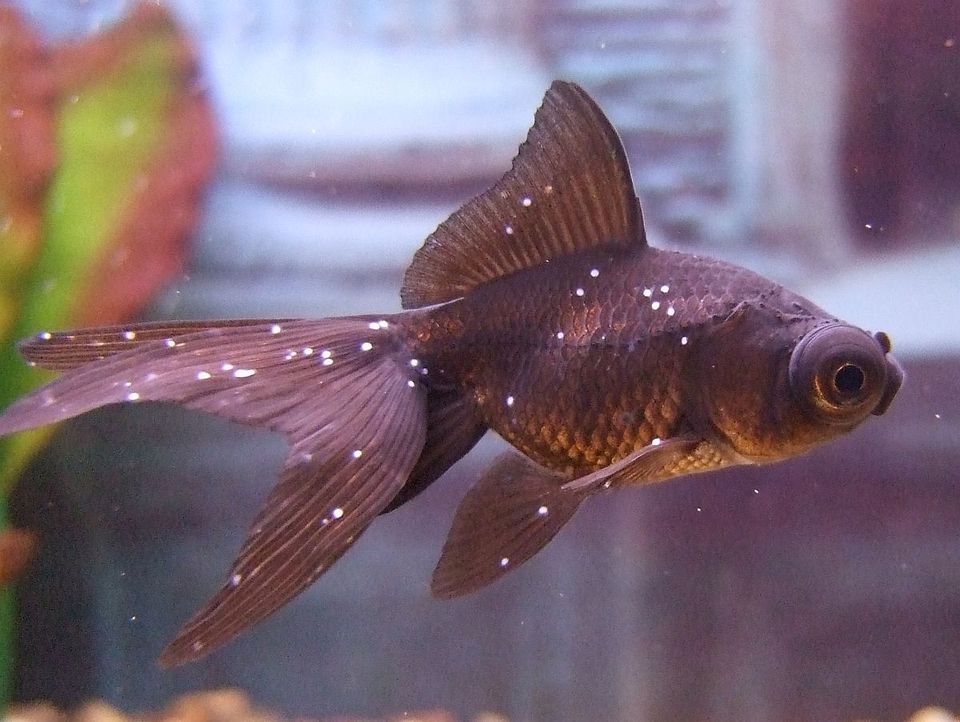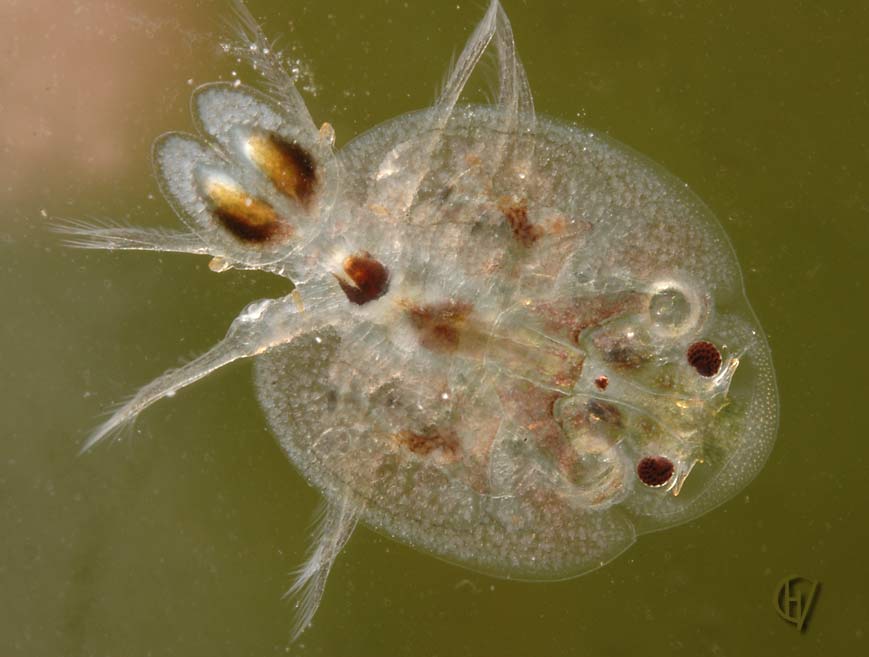All Articles, Fish Diseases
Fish Disease - Parasites
When fish are ill do not feed them. Sick fish will not be eating and this uneaten food can cause further harm if not scooped out of the pond.
ICK
Ick, also known as White Spot Disease or Ichthyophthirius, is the most common and persistent parasite in aquarium or pond fish. It is caused by the protozoan Ichthyopthirius, which is an ectoparasite. This nuisance parasite is only visible during the ‘white spot’ stage of their life cycle, which is when the parasite is attached to the fish’s skin and fins. During this stage the parasite feeds on the skin and tissue of the fish causing irritation. When the parasite matures they drop to the bottom of the pond or aquarium, where they will divide a great many times producing hundreds of infective free-swimming parasites. At this stage the parasites a re too small to be seen without the aid of a microscope. The parasites will reattach to the fish and begin the cycle all over again. There are three stages in the parasites cycle. Trophont (visible stage), Tomont (When it detaches from fish and swims for some hours before attaching to substrate or plants to begin reproduction) and Thermonts or Swarmers (This is when they need to find a host or they will die).
re too small to be seen without the aid of a microscope. The parasites will reattach to the fish and begin the cycle all over again. There are three stages in the parasites cycle. Trophont (visible stage), Tomont (When it detaches from fish and swims for some hours before attaching to substrate or plants to begin reproduction) and Thermonts or Swarmers (This is when they need to find a host or they will die).
SYMPTOMS:
- Small raised white spots on skin, fins and gills.
- Fish scratching against ornaments, rocks and side of pond or aquarium.
- Loss of appetite.
TREATMENT:
There are a number of methods you can try in order to kill the parasite. These include:
- Raising the water temperature - This method of killing the parasite is best for aquarium fish as it is not really practical to use this method in a pond due to the volume of water. It is advisable to also check what temperature the fish are capable of living in as some fish will not tolerate the high temperature needed. This method works best by combining the raised water temperature with salt. There are a number of studies that show that the parasite cannot reproduce at temperatures above 29 degrees Celsius. With freshwater fish you would need to slowly adjust the temperature by one degree per hour. This higher temperature will need to be maintained for at least ten days and then can slowly be reduced back to normal. When doing this you need to make sure you have plenty of aeration as these higher temperatures will reduce oxygen levels. You will also need to keep an eye on your fish for signs of stress. If the White spots disappear within two or three days of raised temperature DO NOT discontinue the treatment as the White Spots are only visible during the Trophont stage and may still be in the water.
- Using Ichonex. This treatment is specially formulated to treat White Spot.
- The removal of gravel, ornaments or plants in the water will remove the areas the parasite uses to attach and reproduce on. After removing all these items you can then treat the water.
- Doing daily water changes will remove some of the free-swimming parasites before they can attach to a host.
ARGULUS
Argulus, also known as Fish Lice are flat, disc-shaped ectoparasites that  will attach to fish with small suckers. The lice feed on the blood and tissue of the fish by boring into the skin with sharp mouthparts which cause red lesions. Lice can be noticed moving around on the surface of the fish but can be very hard to see because of their translucent colour. The Lice can get to a size of about 2.5-5mm in diameter.
will attach to fish with small suckers. The lice feed on the blood and tissue of the fish by boring into the skin with sharp mouthparts which cause red lesions. Lice can be noticed moving around on the surface of the fish but can be very hard to see because of their translucent colour. The Lice can get to a size of about 2.5-5mm in diameter.
SYMPTOMS:
- Fish scratching against ornaments, rocks and sides of pond or aquariums.
- See the disc-like shape of the lice moving around on protected areas of the fish.
- Red lesions
- Fish may become lethargic due to blood loss.
TREATMENT:
The best way we have found to treat the lice is to use a clear container that you can place an infected fish in that is big enough for you to gently hold the fish. Before doing this make sure to wash your hands to avoid infecting the fish as their immune system will be low from the lice. You can use a pair of tweezers to pull the lice off the fish. Once this is done you can place the fish back in the pond treating it with Stress Coat to help build up any loss of its protective slime coating from handling. Using a treatment such as PondMax Parasite & Ulcer BLITZ or PondMax MediMax will help to control any other parasites in the pond/aquarium, maintain a healthy slime coating, promote healthy gill function and reduce stress. Lice eggs can survive the treatments used in the pond or aquariums but they can be killed by follow up treatments.
LERNAEA
Lernaea, commonly known as Anchor Worm, look like grey/greenish worms that are attached to the fish. They can get to around 1-1.5cm in length. Anchor Worms are copepod crustaceans that start out free swimming until they find a host, where they use their hook-like horns to anchor into the body wall of the fish and then into the internal organs. They will stay there for several months while they develop. Egg sacks may develop on the end of the anchor worm giving it a Y/T shape a ppearance. When these eggs have matured the sacks will shed leaving ugly wounds on the fish. The young copepods are free swimmers and will need to attach to a host in the next couple of days or they will die.
ppearance. When these eggs have matured the sacks will shed leaving ugly wounds on the fish. The young copepods are free swimmers and will need to attach to a host in the next couple of days or they will die.
SYMPTOMS:
- Attached adult Lernaea easily seen.
- Fish seen ‘flashing’
- Localised redness
- Lethargic
- Development of other diseases or wounds - ulcers, dropsy etc
- Weight loss
- Fin Damage
- Weight loss
- Difficulty Breathing
TREATMENT:
Infected fish must be quarantined immediately. There are three ways you can treat the fish:
- Giving the fish a salt bath or treating with products such as PondMax MediMax.
- Potassium permanganate is known as the best treatment for anchor worm. You can use it by dosing the aquarium or pond or by dipping the fish in water treated with the medication. You can get this from a chemist.
- Manually removing the anchor worm with tweezers - This can be difficult if the anchor worm had embedded itself too far. If this is the case its best to just leave it and treat it as it can cause trauma or stress and end in the death of the fish. When using this method you want to be careful that that tail doesn’t break off as the head will still be inside the fish.
